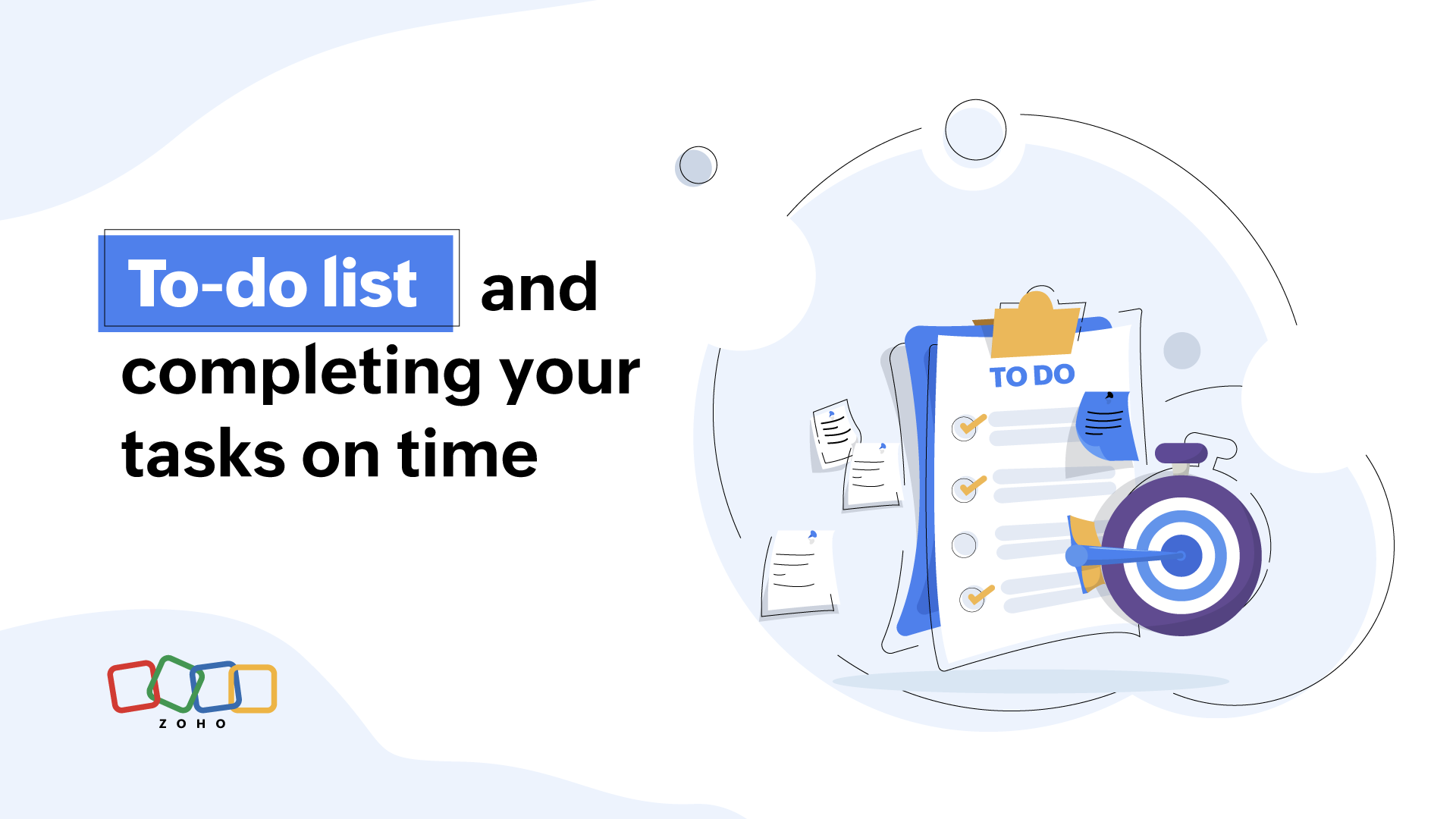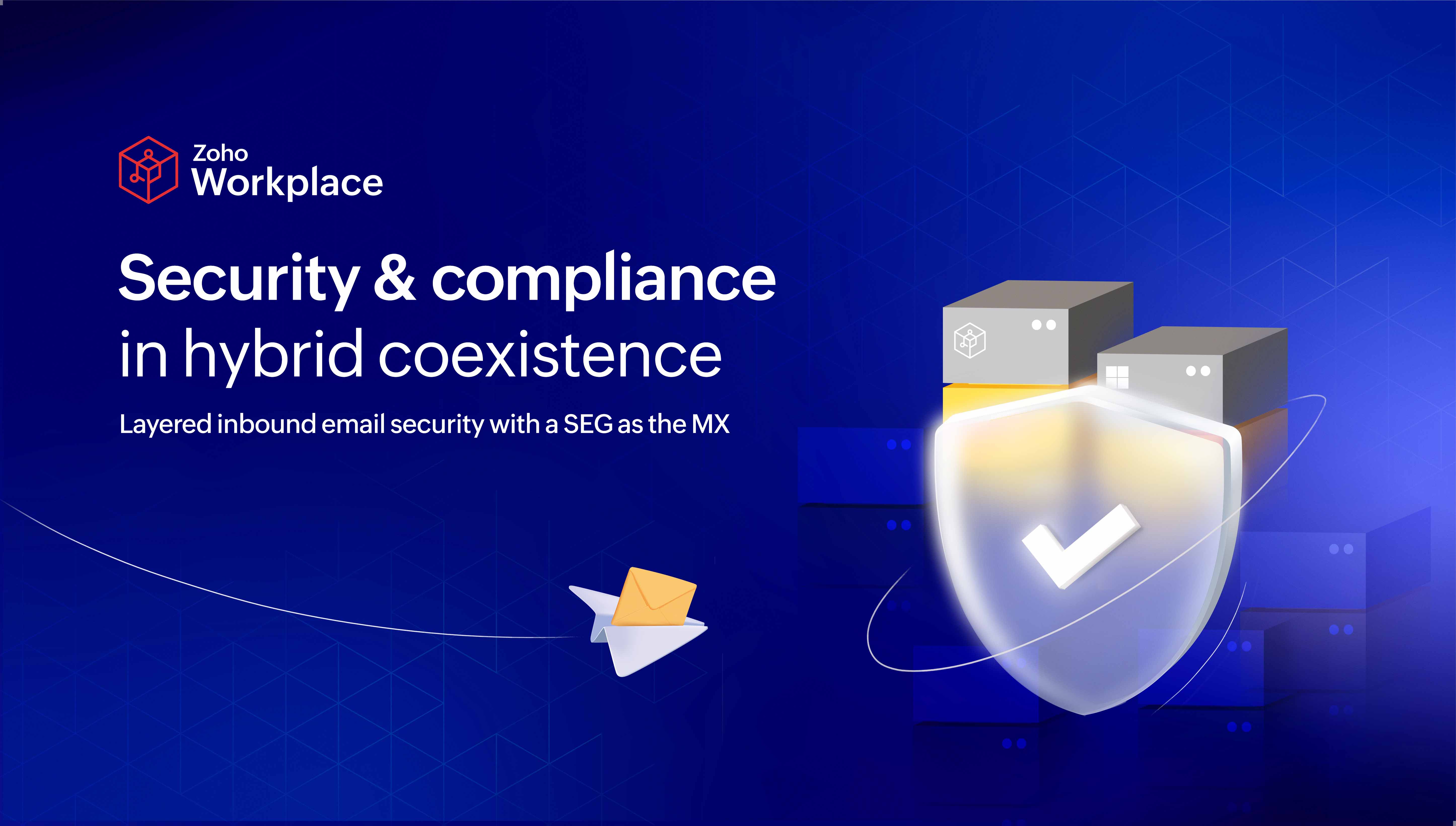- HOME
- All Products
- Tips to create an effective to-do list (+examples)
Tips to create an effective to-do list (+examples)
- Published : December 12, 2023
- Last Updated : December 13, 2024
- 3.0K Views
- 5 Min Read
Are you frequently overwhelmed with your workload? Do you struggle to meet deadlines or occasionally forget important tasks?
You are not alone.
For many people, trying to be more productive and meet deadlines can feel like a constant juggling act. However, there is a simple way to navigate the confusion and complete tasks more efficiently—a to-do list. This type of list can help you keep track of all upcoming tasks so you can systematically handle each at a time and not forget anything important.
In this article, we will tell you how to create an effective to-do list and give you expert tips on how to be more productive with a to-do list.
But before we do, let’s first find out what a to-do list is.

What is a to-do list?
A to-do list is a simple tool that helps you organize and remember tasks. It's a simple yet powerful tool, often a written list on paper or in digital formats like spreadsheets, word documents, or specialized apps.
On this list, you jot down tasks, which can range from easy things like answering emails to more involved projects like creating detailed briefs. These tasks are usually organized by priority, so you finish off the most important ones first.
Traditionally, people wrote their to-do lists on paper or sticky notes—a handy way to keep track of things and jog your memory. As technology advanced, so did the ways we create and manage to-do lists.
The beauty of a to-do list is in its versatility. You can use it to manage everything from tracking your household chores to high-level work assignments. A simple list of all your tasks can help you ensure you don’t miss anything. It also allows you to manage your time effectively in your personal and professional life.
How to create to-do lists?
If you’re ready to take your productivity to the next level, consider these seven to-do list tips to increase clarity and reduce inefficiencies.
1. Choose the right format
Choose a format that works well for you. Some people prefer the tactile feel of pen and paper, while others find digital tools more convenient.
If you’re more digitally inclined, you can use options like Excel spreadsheets, Word documents, or dedicated to-do list apps such as Microsoft To Do or Google Tasks. These offer flexibility and make it easy to edit your list as you complete tasks.
Whichever tool you choose to use, remember to prioritize your online security to protect your device and data. For instance, if you are working with a PDF document, consider working with a PDF software development kit (SDK). However, this is mostly recommended for work-related purposes, especially in STEM, technical SEO, and anything else complex for the layman.
2. Take your time to plan the list
Rushing through the creation of your to-do list can lead to oversights and missed details. Take a moment to reflect on your priorities and deadlines. First and foremost, consider what tasks are urgent and what can wait. A well-thought-out plan sets the stage for a more organized and productive day.
3. Set realistic goals and timelines
Ambition is admirable, but setting unrealistic goals for your to-do list can set you up for frustration. By breaking down larger tasks into smaller, more manageable steps, your goals become more achievable, and a sense of accomplishment is guaranteed as you check off each subtask.
4. Keep to-do lists brief
While it's tempting to list every task, a lengthy to-do list can be overwhelming. Keep it concise by focusing on the most important and time-sensitive tasks. This clarity allows you to approach your day with a clear understanding of your priorities.
5. Batch similar tasks for efficiency
Grouping similar tasks together, also known as batching, can boost efficiency. Batching tasks that require similar resources or skills allows you to streamline your efforts, minimizing the mental effort required to switch between different types of activities.
6. Arrange your tasks by priority or due date
Not all tasks are created equal. An Eisenhower Matrix can be employed to separate urgent tasks from important ones. Prioritize your to-do list based on this matrix, tackling the most crucial tasks first. This ensures that your efforts align with your overarching goals.
7. Keep your list clean
Albeit time-consuming, keeping your to-do list clean and tidy can help you stay updated and adjust things wherever you are. Of course, you should stay true to formatting best practices, but also try to maximize every bit of space possible.
If you like adding notes and descriptions to tasks, that’s great, but avoid too many images, links, and long diatribes.
If a longer form of content or a list is essential to the content, you can always make a QR code that links to relevant online resources. For instance, if a task involves preparing a presentation, the QR code could link to related research materials or templates.
Voice notes can work even better in some cases. It can save space that you would otherwise use on ideas or repetitive tasks.
Tips for efficient task completion
Efficiently completing tasks requires more than just having a to-do list. Here are some straightforward tips from the experts to supercharge your task completion.
Master time blocking
Allocating specific time slots for different tasks is the most recommended task completion technique. This focused approach helps you concentrate on one thing at a time, minimizing distractions and enhancing productivity. You can use the Pomodoro Technique for maximum efficiency.
The Pomodoro Technique is a popular time management method that involves breaking work into short, focused intervals called Pomodoros, typically 25 minutes each, followed by short breaks. A longer break is usually taken after four Pomodoros. This structured approach enhances concentration, minimizes distractions, and introduces a sense of urgency, promoting efficiency and preventing burnout.
Eliminate distractions
Turn off notifications, find a quiet workspace, and create an environment conducive to focused work. Distractions can derail your productivity, so taking steps to minimize them allows you to fully engage with your tasks.
Break big work into smaller sub-tasks
When faced with a sizable task, it's easy to feel overwhelmed. The key is to break it down into smaller, more manageable pieces. This makes the task less daunting and allows you to focus on one step at a time. You'll gain momentum and a sense of progress as you accomplish each smaller task.
Hold yourself accountable
Accountability is a powerful motivator. Make commitments to yourself and set realistic deadlines for each task. Hold yourself to these deadlines, and celebrate your achievements. This self-accountability reinforces a sense of responsibility and helps you stay on track.
The pros and cons of using to-do lists
To-do lists are different for everyone. These lists are beneficial for productivity, but also have their downsides. Here are some of the advantages and disadvantages of to-do lists.
Pros
- To-do lists assist in prioritizing tasks based on urgency and importance, ensuring efficient workflow.
- Breaking down tasks boosts productivity.
- Checking off tasks provides a sense of accomplishment and reduces stress.
- To-do lists help manage time effectively, preventing procrastination.
Cons
- Lengthy to-do lists can be overwhelming, potentially causing stress rather than alleviating it.
- Unfinished tasks may lead to feelings of guilt or failure.
- Overreliance on to-do lists might hinder the development of natural organizational and time management skills.
Conclusion
A to-do list is a powerful tool for productivity, time management and cross-team collaboration. All you need to do is dedicate a few minutes daily to maintain an updated to-do list. This simple practice enables you to achieve goals efficiently, eliminating the need to decipher priorities on the fly. As a result, you'll experience increased productivity, avoid overlooking tasks, refine your time management skills, and gain greater control over task execution.
 Gary Stevens
Gary StevensGary Stevens is the CTO of Hosting Canada, a website that provides expert reviews on hosting services and helps readers build online businesses and blogs. Gary specializes in topics on cloud technology, thought leadership, and collaboration at work.


